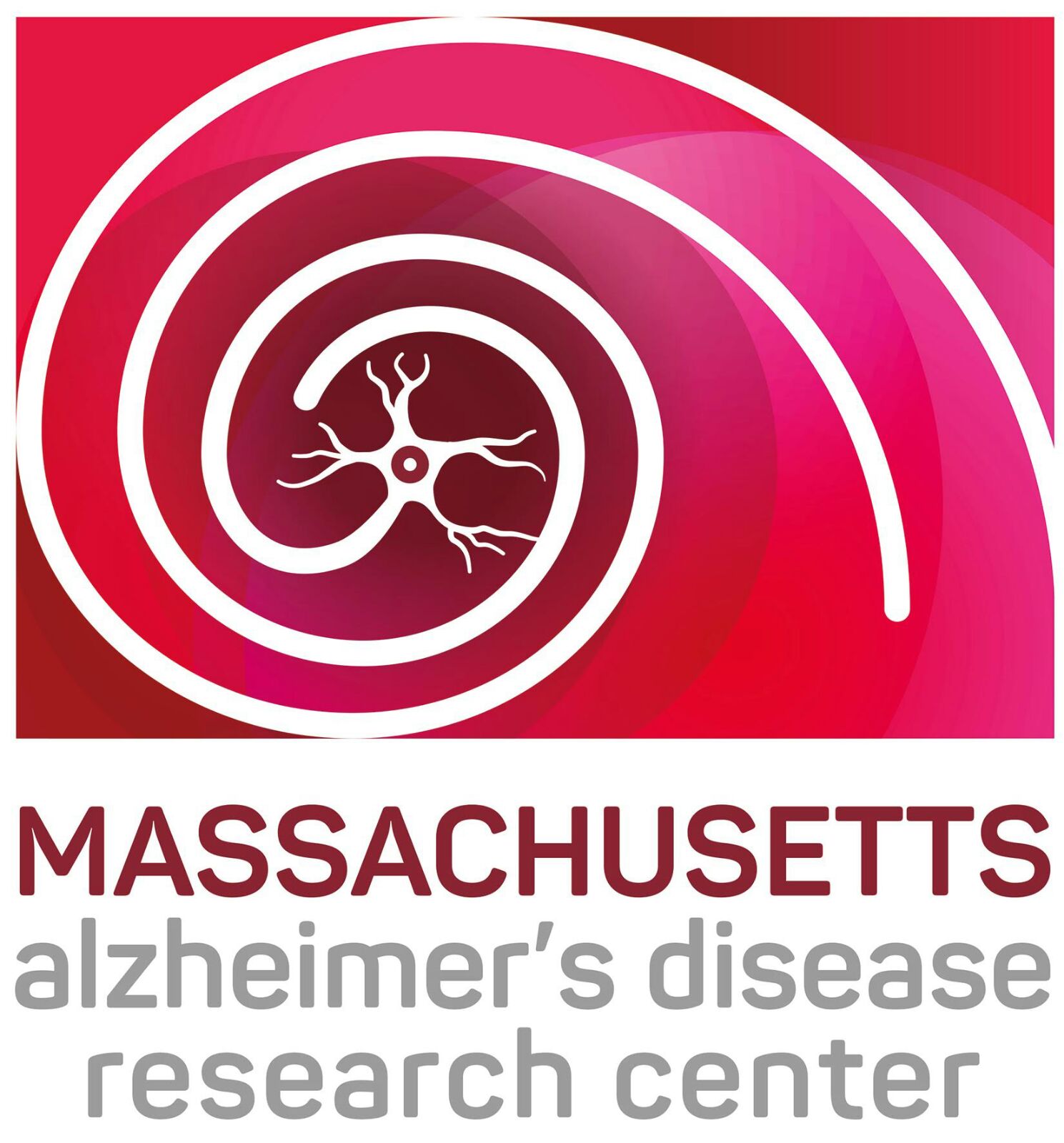For most older adults, the idea of aging in place and staying at home for as long as possible is an attractive one. But the simple proposition of living at home can be made much more complicated when your loved one has been diagnosed with Alzheimer’s or another form or dementia.
Alzheimer’s and dementia are progressive neurological diseases that slowly rob people of their ability to care for themselves. What may start as forgetfulness or being occasionally tongue-tied can progress to a potentially dangerous situation where the person needs round-the-clock care.
But Alzheimer’s and dementia don’t worsen overnight, and many seniors can look forward to at least a few years before they need to consider making a move to an assisted living community or long-term care facility. During that time, most people say they’d like to remain in their own home for as long as possible. AARP reports that nearly 90% of seniors want to “age in place,” or stay in their homes for as long as possible as they age. And a Pew Research Center report found that 61% of adults aged 65 and older say they would stay in their home but have someone care for them if they could no longer live on their own. For seniors with dementia, finding the balance between safety and support at home can be a more challenging prospect than for people who don’t have cognitive deficits.
The good news is, though, that according to United Health Foundation’s 2019 America’s Health Rankings Senior Report – an annual report that looks at the state of certain health measures related to senior health in America – the options for getting the right in-home care have improved in many parts of the country.
The 2019 edition found that across the board, “seniors have increasing access to home-based care and support services that may help them continue to live at home,” in part because of an increase of 550,000 home health care workers between 2017 and 2018. That 21% rate increase per 1,000 adults age 75 and older means that there should be more options available locally, although not every state saw the same rate of increase.
https://health.usnews.com/conditions/brain-disease/dementia/articles/hom…
